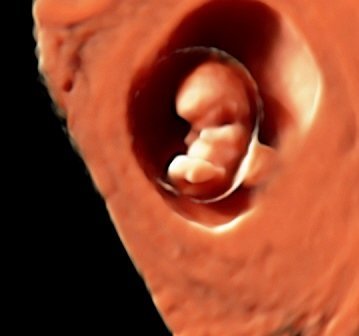
New examination aimed at testing couples with recurrent implantation failure
Instituto Bernabeu focusses on providing personalised solutions, particularly in cases of patients with a difficult reproductive prognosis (low ovarian reserve and recurrent implantation failure (RIF)).
Carrying out a number of empirical tests and treatments has, on occasions, been put forward as an option in the case of patients suffering from recurrent implantation failure. The latter have proven to be of questionable efficacy and the former have proven to be of limited or no use.
One of the proposed strategies for patients with recurrent implantation failure (RIF) that is providing many of these cases with solutions, is IVF (in vitro fertilisation) with elective freezing and biopsies on all embryos so that the frozen embryos can later be transferred during a natural cycle. In other words, without any hormone treatment.
It is possible to recreate the conditions under which transfer takes place during treatment of this kind by carrying out a mock cycle and evaluating a series of parameters that can influence transfer success.
Two of the parameters that may influence results are currently generating interest: uterine contractility and progesterone levels when embryo transfer takes place (whether during cycles that have been pharmacologically substituted or during natural cycles).
These parameters – that can be measured at Instituto Bernabeu – could be used to plan the transfer of frozen embryos under personalised conditions.
Progesterone levels: increasing the dose or varying the means of administration (vaginal progesterone or subcutaneous injections).
Abnormal uterine contractility: managed pharmacologically using oxytocin antagonists or elevated doses of progesterone when transfer takes place.
What does the examination consist of?
In a test cycle with the same characteristics as the cycle programmed for the transfer of frozen embryos (or fresh ones in the case of receptor patients), an appointment is made for the patient around the fifth day following progesterone administration or on the seventh day following ovulation so that two tests can be carried out:
- Progesterone level measurements prior to administration of the morning dose.
- 3D ultrasound with the aim of:
- Ruling out malformations in the uterus
- Ruling out the presence of hydrosalpinx
- Making a video recording to study uterine contractility
- Analysing endometrial vascularisation (occasionally)
An endometrial biopsy and even a hysteroscopy (HSC), where applicable, as well as any other examinations the patient requires, are carried out on the same day.
Obtaining the results of these diagnostic tests enables the medical team to plan treatment in a more personalised way for the actual cycle and, in doing so, optimise the chances of pregnancy.
Dr Rafael Bernabeu, Medical Director at Instituto Bernabeu.
